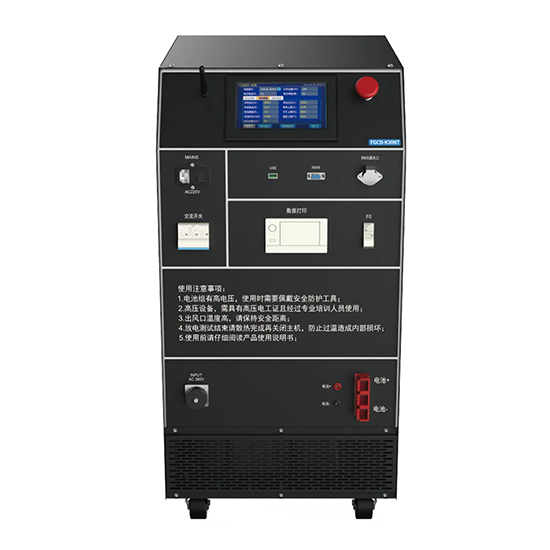Battery Discharge Technology: Principles and Applications

# Battery Discharge Technology: Principles and Applications
## Introduction to Battery Discharge Technology
Battery discharge technology plays a crucial role in modern energy systems, enabling efficient power management and extending battery life. A battery discharger is a specialized device designed to safely and controllably drain energy from batteries, serving various purposes in testing, maintenance, and recycling processes.
## Fundamental Principles of Battery Discharge
The core principle of battery discharge involves converting stored chemical energy into electrical energy and then dissipating it in a controlled manner. Key aspects include:
– Voltage regulation
– Current control
– Temperature monitoring
– Energy dissipation methods
## Types of Battery Dischargers
### Resistive Dischargers
The simplest form of battery dischargers use resistive loads to convert electrical energy into heat. These are cost-effective but lack precision in control.
### Electronic Load Dischargers
More advanced systems utilize electronic loads that can precisely control discharge parameters and often include data logging capabilities.
### Regenerative Dischargers
High-end systems incorporate energy recovery features, redirecting discharged power back into the grid or other storage systems.
## Applications of Battery Discharge Technology
### Battery Testing and Characterization
Dischargers are essential for:
– Capacity testing
– Cycle life evaluation
– Performance benchmarking
### Battery Maintenance
Proper discharge techniques help:
– Prevent memory effect in certain battery types
– Maintain optimal charge levels during storage
– Equalize cell voltages in battery packs
### Recycling and Disposal
Controlled discharge is critical for:
– Safe handling of end-of-life batteries
– Preparing batteries for recycling processes
– Minimizing environmental impact
## Advanced Features in Modern Discharge Systems
Contemporary battery dischargers often incorporate:
– Programmable discharge profiles
– Multi-channel operation
– Real-time data monitoring
– Automated safety protocols
– Integration with battery management systems
## Safety Considerations
Proper battery discharge requires attention to:
– Thermal management
– Voltage thresholds
– Current limits
– Ventilation requirements
– Emergency shutdown mechanisms
## Future Trends in Discharge Technology
Emerging developments include:
– AI-optimized discharge algorithms
– Wireless monitoring systems
– Ultra-fast discharge capabilities
– Integration with renewable energy systems
– Smart grid compatibility
## Conclusion
Battery discharge technology continues to evolve, offering increasingly sophisticated solutions for energy management across various industries. As battery applications expand, the importance of efficient, safe, and intelligent discharge systems will only grow, driving further innovation in this field.
Keyword: Battery Discharger